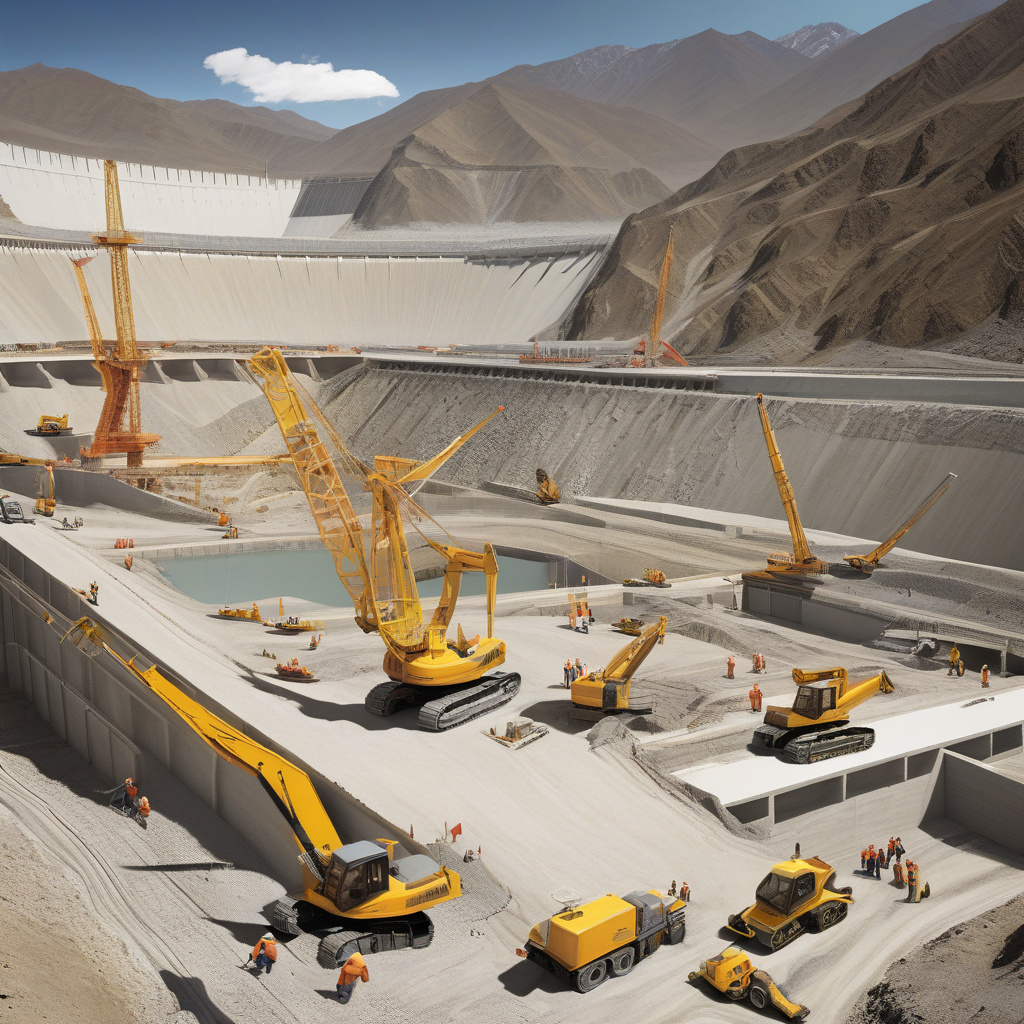China Unveils Plans for World’s Largest Hydro-Power Dam in Tibet
Chinese Premier Li Qiang has announced the formal launch of a massive hydroelectric project on the Brahmaputra River in Tibet. This ambitious endeavor aims to construct the world’s largest hydro-power dam, capable of generating a staggering 300 billion kilowatt-hours (kWh) of electricity annually. The project, known as the Great Tibetan Dam, underscores China’s commitment to bolstering its renewable energy infrastructure and reducing its reliance on fossil fuels.
Spanning across the Yarlung Tsangpo River, the Great Tibetan Dam is poised to become a monumental feat of engineering and innovation. With a planned height of 300 meters and a reservoir capacity of over 1,000 square kilometers, the dam is expected to surpass the Three Gorges Dam in terms of electricity output. Once completed, the dam will not only provide clean energy to millions of households but also support China’s ambitious carbon neutrality goals.
The construction of the Great Tibetan Dam signifies a significant milestone in China’s quest for energy security and environmental sustainability. By harnessing the immense power of the Brahmaputra River, China aims to meet its escalating energy demands while minimizing its carbon footprint. Moreover, the dam is poised to enhance Tibet’s economic development by creating job opportunities and stimulating local industries.
While the Great Tibetan Dam holds great promise for China’s energy landscape, it has also sparked concerns among environmentalists and neighboring countries. India, in particular, has expressed apprehensions about the potential impact of the dam on downstream water flow and ecological balance. The Brahmaputra River, known as the Yarlung Tsangpo in Tibet, serves as a lifeline for millions of people in the region, making transboundary water management a critical issue.
Despite these challenges, Chinese authorities have emphasized the importance of responsible dam construction and operation. Premier Li Qiang has underscored the significance of implementing advanced technologies to mitigate environmental risks and ensure sustainable water management practices. In addition, China has pledged to engage in transparent dialogue with neighboring countries to address shared concerns and promote regional cooperation.
The development of the Great Tibetan Dam reflects China’s strategic vision for a greener and more prosperous future. By investing in large-scale hydroelectric projects, China aims to lead the global transition towards renewable energy and climate resilience. The success of the Great Tibetan Dam could pave the way for similar initiatives in other regions, driving innovation and sustainable development on a larger scale.
As China embarks on the construction of the world’s largest hydro-power dam in Tibet, the global community watches with a mix of anticipation and apprehension. The outcome of this ambitious project will not only shape China’s energy trajectory but also set a precedent for sustainable infrastructure development worldwide. With careful planning, technological innovation, and international cooperation, the Great Tibetan Dam has the potential to redefine the future of clean energy generation and environmental stewardship.
China, Hydro-Power Dam, Tibet, Renewable Energy, Sustainable Development











